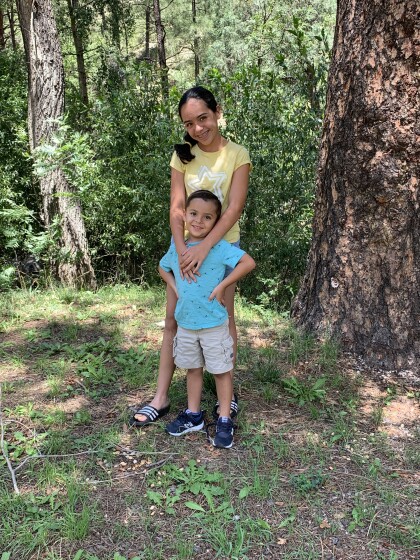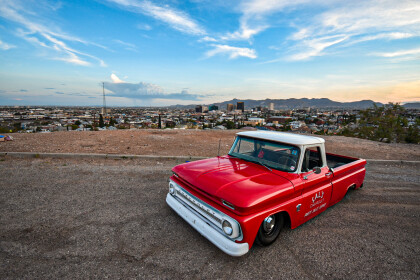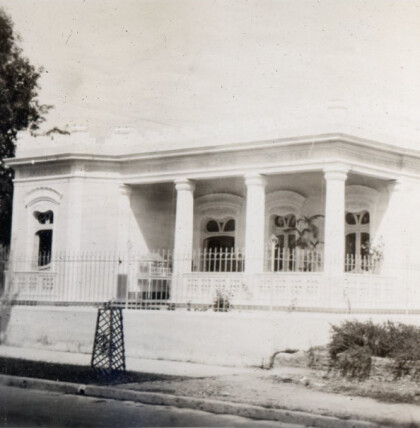Report this entry
More from the same community-collection
1954 Ramiro Gereda Asturias, presenting credentials
Ramiro Gereda Asturias, presenting credentials as Ambassador of ...
Photograph from the 1920 Peace and Progress Excursion
Peace and Progress Excursion to Mexico City, photo album ...
Photograph from the 1920 Peace and Progress Excursion
Peace and Progress Excursion to Mexico City, photo album ...
Photograph from the 1920 Peace and Progress Excursion
Peace and Progress Excursion to Mexico City, photo album ...
Photograph from the 1920 Peace and Progress Excursion
Peace and Progress Excursion to Mexico City, photo album ...
Photograph from the 1920 Peace and Progress Excursion
Peace and Progress Excursion to Mexico City, photo album ...
Photograph from the 1920 Peace and Progress Excursion
Peace and Progress Excursion to Mexico City, photo album ...
Photograph from the 1920 Peace and Progress Excursion
Peace and Progress Excursion to Mexico City, photo album ...
Photograph from the 1920 Peace and Progress Excursion
Peace and Progress Excursion to Mexico City, photo album ...






























Comments
Add a comment